The horned god Cernunnos was widely worshiped throughout the Celtic world. Wearing a set of stag antlers and torque, this unsuspecting forest god likely held control over life and death. However, where Cernunnos fit into the Celtic pantheon is a bit more complicated. In truth, despite his archaic acclaim, Cernunnos is more mysterious than one would bargain for.
Table of Contents
Who is Cernunnos?
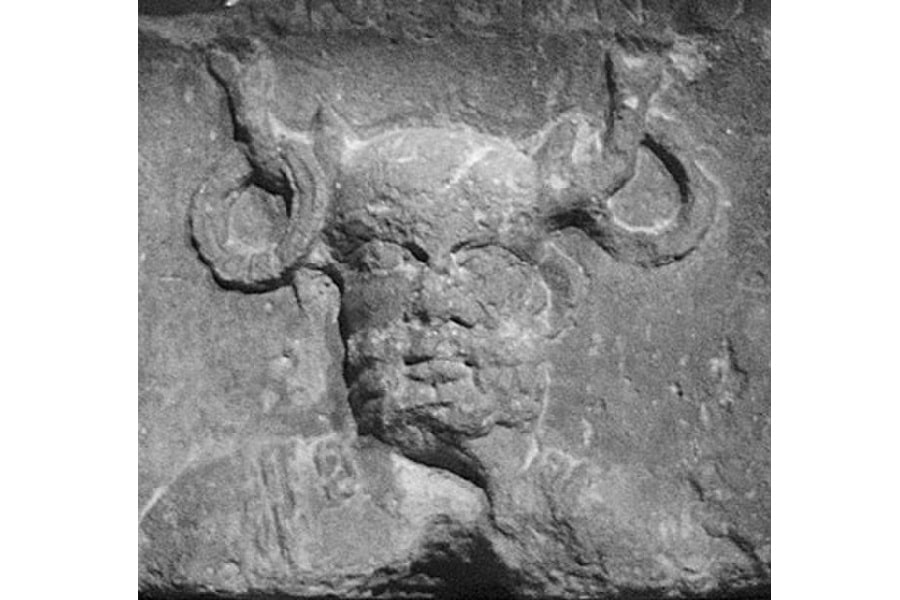
The Horned One, the Lord of the Wild Things, and Master of the Wild Hunt, Cernunnos is an ancient god in the Celtic religion. It is thought that he took a goddess of Spring as his wife, although which exact Springtime deity is unknown. He represents natural cycles, dying and being reborn with the seasons. These seasons can be marked by their respective festivals: Samhain (Winter), Beltane (Summer), Imbolg (Spring), and Lughnasadh (Autumn).
The name “Cernunnos” means “Horned One” in Celtic, which to be fair is pretty on the nose for this god. His antlers are the most distinguishable part of him, making this Celtic nature god hard to miss. Moreover, the name Cernunnos is pronounced as ker-nun-us or as ser-no-noss if Anglicized.
In an attempt to discover more about Cernunnos, scholars have turned to other figures in Celtic mythology. More specifically, Conach Cernach of the Ulster Cycle, an adopted brother of the legendary Cú Chulainn, is the best contender. The Conach-Cernunnos theory is backed by descriptions of Conach, where his curls are described as “ram horns” as well as etymological similarities between the two. Otherwise, there is no solid evidence that the two mythological characters are related.
What Does Cernunnos Look Like?
Cernunnos was a significant god to the ancient Celts prior to the introduction of Christianity. Depicted as a seated, cross-legged man with goat-like features, Cernunnos had power over fertility and nature. He is frequently associated with the woodwose or the wild man of wider European mythology. Other mythical figures associated with the woodwose include the Greek Pan, the Roman Silvanus, and the Sumerian Enkidu.
READ MORE: 41 Greek Gods and Goddesses: Family Tree and Fun Facts
During the Middle Ages, the wild man was a popular motif in art, architecture, and literature. This is probably because so much of the population was made up of rural farmers and laborers. Christianity was still making its rounds, too, so many people likely still had some vestiges of pagan beliefs.
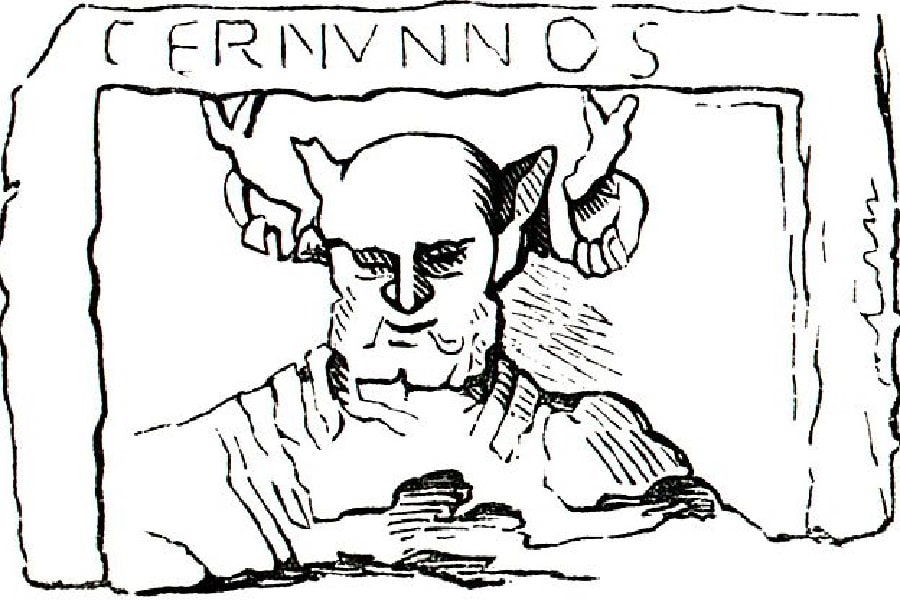
Rock Drawings of Val Camonica
Val Camonica in northern Italy is actually where the earliest depictions of Cernunnos were first found. He appears in the Rock Drawings of Val Camonica with a torque around his arm. Here, he is accompanied by a ram-horned serpent, one of his many symbols. Unlike other iterations of the god, Cernunnos is standing – a large, imposing figure – before a much smaller individual.
READ MORE: Snake Gods and Goddesses: 19 Serpent Deities from Around the World
Pillar of the Boatmen
An early depiction of the god Cernunnos can be found in the 1st century AD Pillar of the Boatmen. The Pillar was a dedication to the Roman god Jupiter and commissioned by the guild of boatmen at Lutetia (Paris today). The columnar artifact displays various Gallic and Greco-Roman deities, including the horned god Cernunnos.
On the Pillar, Cernunnos is shown to be sitting cross-legged. He is a balding, bearded man. If one looks close enough, he appears to have the ears of a deer. As usual, he is wearing stag’s antlers from which two torques hang.
Gundestrap Cauldron
One of the more famous interpretations of Cernunnos is from the Gundestrup cauldron of Denmark. With his signature antlers, the god has his legs crossed beneath himself. He appears to lack a beard, though the torques for which he is known to have stayed. On all sides, Cernunnos is flanked by male animals.
Once again, Cernunnos is accompanied by a ram-horned serpent. Alongside the animals is decorative foliage, further emphasizing Cernunnos’ relationship with fertility.
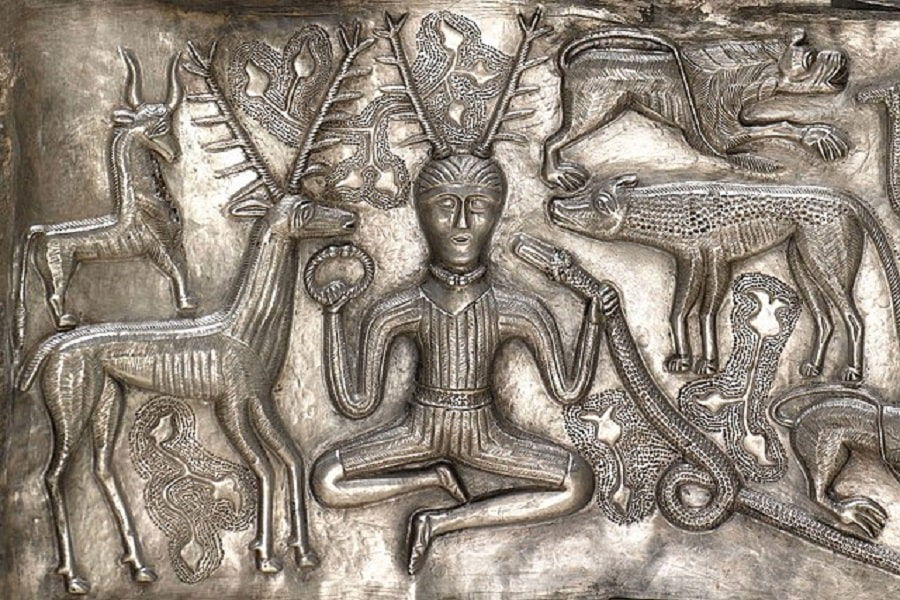
What is Cernunnos God Of?
Cernunnos is the god of beasts, fertility, hunting, animals, and nature. In Neo-Pagan traditions, Cernunnos is a dual deity: a god of death and a god of life and rebirth. As a Gaelic god, Cernunnos possibly had a larger commerce role as a god of wealth, abundance, and prosperity. His unique role within the Gallic Empire has led to the horned god being equated with other chthonic wealth gods, such as the Roman Plutus.
READ MORE: Roman Gods and Goddesses: The Names and Stories of 29 Ancient Roman Gods
What are Cernunnos’ Powers?
Cernunnos was a pretty powerful god. As suggested by his realms, Cernunnos had complete influence over fertility, death, and the natural world. He could give life as much as he could take it away. Since he had a specific power over male animals, it wouldn’t be too far off to say he had a role in animal husbandry as well.
Is Cernunnos a Good God?
Whether or not Cernunnos is a good god relies entirely on which interpretation of him one follows. In general, Cernunnos can be considered to be a good god. He isn’t malicious, and sort of just vibes with the animals. However, to early Christians, Cernunnos, along with other wild men figures, were evil incarnate.
So…yeah, it really depends on an individual’s system of belief. Just know that originally, the god Cernunnos was a fairly benevolent dude that played a central role in the lives of ancient peoples across the British Isles. There’s even a belief that Cernunnos sings to the souls of the dead, which – on top of everything else we know – makes it difficult to cast this Celtic horned god in a villainous light.
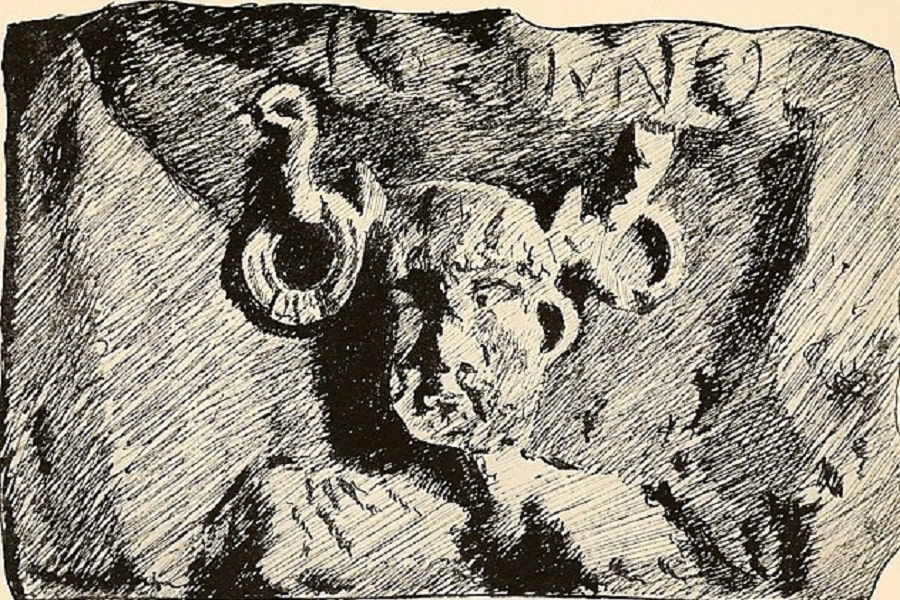
What is Cernunnos’ Role in the Celtic Pantheon?
The magnitude of Cernunnos’ role in the Celtic pantheon is unknown. A distinct lack of literature regarding Cernunnos and who he was leaves a lot open to speculation. Though a Celtic god, he also had influence throughout ancient Gaul and had an unofficial home amongst Gallo-Roman gods.
Cernunnos is not known as a member of the Tuath Dé Danann, let alone as a father or son of any notable deities. He is simply the Lord of Wild Places, who acts as a mediator between man and beast. There is no knowledge that he communicates with other deities, except for his equally enigmatic wife.
Dang – what is it with chthonic gods having an air of mystery about them?!
Now, there are some context clues we can follow to find out more about Cernunnos. In just about all of his depictions, Cernunnos appears to be wearing deer antlers. His appearance alone mixes man and beast since he has aspects of both. Though, he is also wearing a torque and holding one.
The torque in Celtic mythology usually could tell a few things about its wearer. Notably, people who wore torques were of the elite, heroes, or the divine. Cernunnos holding a torque could suggest that he could grant wealth and status, which would make sense since other symbols of his include a cornucopia and a sack of coins. Though, there is the chance that Cernunnos could be the judge of heroes, especially when comparing the god to the Green Knight of Arthurian legend.
Then there is the horned serpent that seems to tag along wherever Cernunnos goes. A popular figure throughout many different cultures, the horned serpent usually has to do with a sky or storm god. Since Cernunnos is likely neither, the snake possibly has to do more with his chthonic nature.
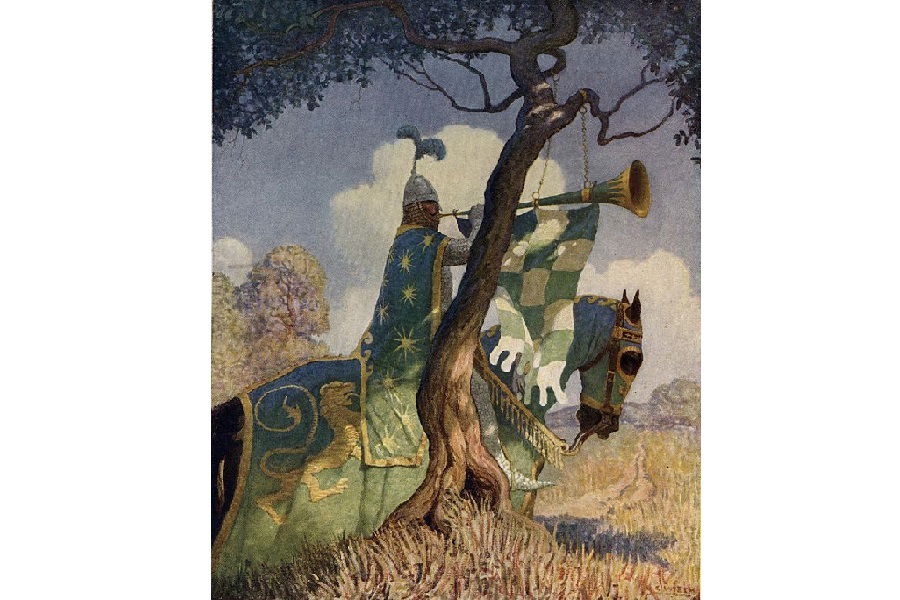
What are Myths Involving Cernunnos?
There are no surviving myths that directly refer to Cernunnos. There is no grand hero’s tale or tragedy to be found. What is known of the fertility god is largely implied, or are modern interpretations within Neo-Paganism.
Cernunnos, the Seasons, and Sacrificial Death
One of the biggest aspects of Cernunnos is his representation of the natural cycle. A part of the natural cycle is death, rebirth, and life. According to popular myth, Cernunnos dies and decays in the fall; his body is soon swallowed by the earth. In dying and being returned to the earth, Cernunnos impregnates a fertility deity, one assumed to be his wife so that a new life could be born.
Coincidentally, the death of Cernunnos is a sacrificial one. He must die for a new life to even have a chance. This is the natural order of things. Overall, Cernunnos’ death marks the stagnation of crops throughout the autumn and winter, while his rebirth heralds spring.
As Herne the Hunter and the Merry Wives
The Herne the Hunter character of English folklore is a bit more debatable of a myth. He’s a spirit exclusive to Windsor Park and is likely just a local interpretation of the horned god Cernunnos if even that. Herne too has horns, though he’s known for his rebel-rousing more than anything. He first appears in William Shakespeare’s The Merry Wives of Windsor (1597).
From Elizabethan times onwards, Herne has had many identities. He has been considered everything from a forest keeper that once committed a terrible crime to a spiteful forest god. Whoever Herne the Hunter was, he was historically used as a boogeyman to keep children from romping in the woods. Apparently, he could even take the form of a huge stag!

How Was Cernunnos Worshiped?
Cernunnos was primarily worshiped in the British Isles and across ancient Gaul. Archaeological evidence suggests the presence of a central cult in Britain and other predominantly Celtic regions. Unfortunately, no written record survives detailing the way Cernunnos would have been worshiped in history. What is known about the Celtic horned god comes from inscriptions and depictions on select artifacts.
READ MORE: Ancient Civilizations Timeline: 16 Oldest Known Cultures From Around The World
Whatever role Cernunnos had in the lives of early Celts and Gauls remains as nothing more but speculation. Nonetheless, worship of Cernunnos was so widespread that the Christian church may have drawn inspiration from the deity to depict the goat-like Satan.
More or less, early Christians took one look at the horned god and went “nope, none for us, thanks.” So intense was the detest of pagan deities, that Christianity went ahead and demonized most (if not all) of them. Cernunnos was among the long, long list of gods that didn’t make the cut into the up-and-coming monotheistic religion.
In modern Wiccan, Druidism, and Neo-Pagan practices, Cernunnos has been closely associated with oaks; offerings are nearly all naturally occurring items. On that note, there are no exact instructions for how to worship Cernunnos and what are considered appropriate sacrifices.
Are Cernunnos and the Green Man the Same?
Cernunnos and the Green Man may be the same deity. Or, at least aspects of the same god. Both are horned deities with associations with nature and fertility. Likewise, both are associated with rebirth and plenty. There’s undoubtedly some overlap here!
The image of horned gods wasn’t a new thing. In broader world mythology, horned gods were extremely popular. Whether ram, bull, or stag, horned gods took on many different shapes and forms.
Besides the mysterious Green Man, Cernunnos has further been equated with the Germanic Wotan, the inspiration behind the Norse god Odin. Much like Odin, Wotan and Cernunnos are all horned deities or at least have been depicted with horns in the past. The only outlier is that Cernunnos isn’t really the supreme god of the Irish pantheon. That’s actually the Dagda!
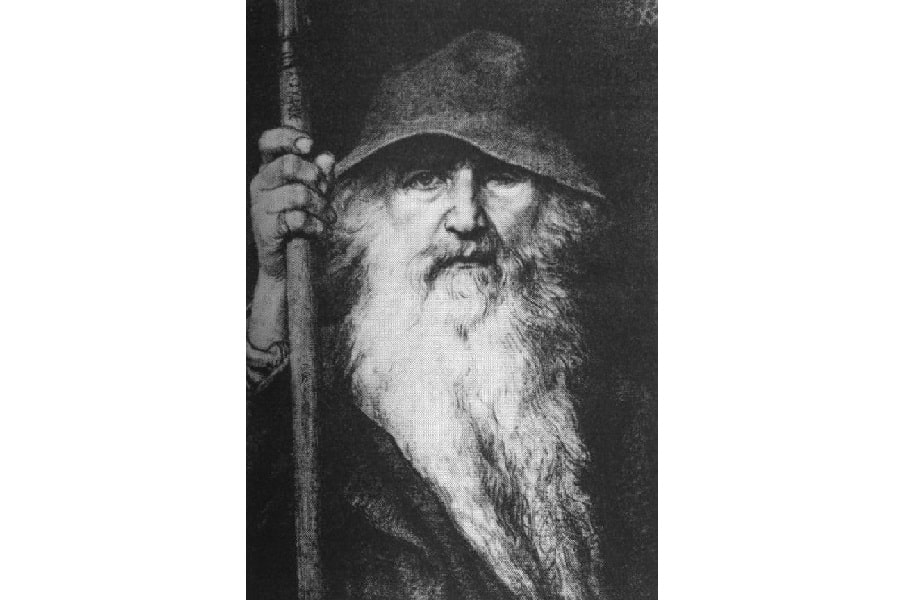
Who is the Green Man?
The Green Man is a bit of a sensation. This legendary pagan entity is commonly depicted as a man’s head surrounded by – or entirely made out of – foliage. Other interpretations show the Green Man as having leaves sprouting from his mouth and eyes. There is little evidence of who the Green Man truly was, though he is usually surmised as being a nature deity.
Despite his pagan roots, the Green Man is a common motif in churches. Even the churches founded by the Knights Templar donned these curious, foliate heads. What’s the deal? Well, they aren’t necessarily supporting the worship of horned deities. The prevalence of the Green Man in medieval churches has more to do with uniting old and new beliefs than anything else.